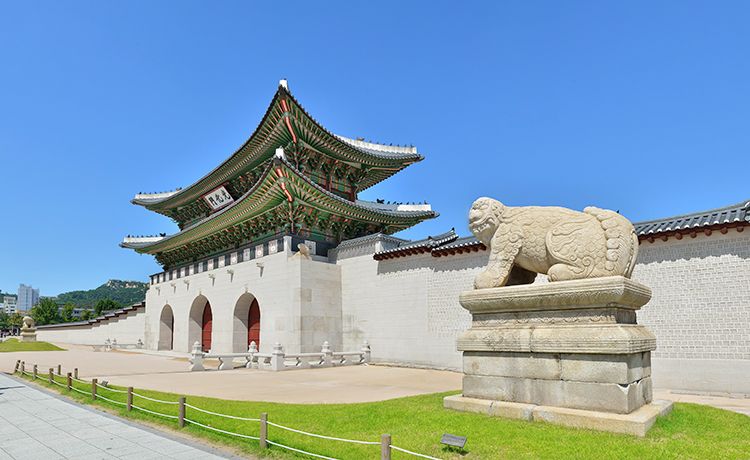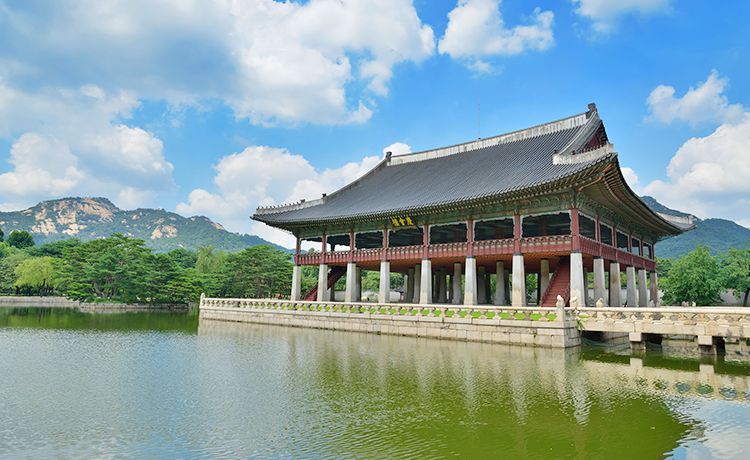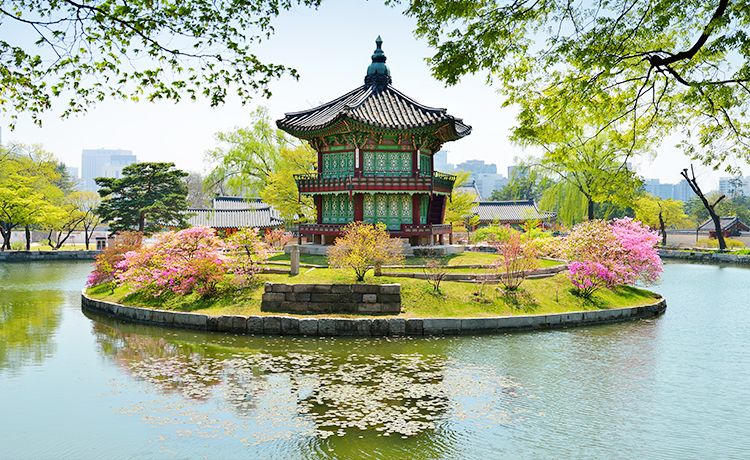Gyeongbokgung Palace
경복궁
Relish the beauty of the Joseon Dynasty Palace in Seoul
A palace that witnessed the birth and demise of the Joseon Dynasty over a 600-year period. Outside the walls, you can see both contemporary skyscrapers and traditional Hanok buildings, creating a surreal environment where the past and present coexist. Although most of the buildings were destroyed during the Japanese colonial period when they were used as offices for the Japanese Government-General of Korea, constant restoration efforts have brought the buildings back to their pre-colonial period appearance. Along with the performance of the Chwitadae (military band music), the changing ceremony of the gatekeeper and the guard ceremony is held, which are so popular and it is hard to get tickets during the night viewing period when many tourists can visit on time and enjoy the night view.
Highlights
- Gwanghwamun Gate

https://www.royalpalace.go.kr/content/preview/preview03_02.asp
The main gate, the largest of the three palace gates, through which the king usually marched
- Heungnyemun Gate

https://korean.visitkorea.or.kr/detail/ms_detail.do?cotid=443caffd-74a6-4713-ba02-4b5520ef7e62&big_category=A02&mid_category=A0201&big_area=1
The middle gate of Gyeongbokgung Palace located between Gwanghwamun and Geunjeongmun Gates
- Gyeonghoeru Pavilion

https://www.royalpalace.go.kr/content/preview/preview03_02.asp
A building located on a pond, used as a banquet place in the late Joseon Dynasty
- Geunjeongjeon Hall

https://www.royalpalace.go.kr/content/preview/preview03_02.asp
A building designated as National Treasure No. 223, which held major state ceremonies during the Joseon Dynasty
- Hyangwonjeong Pavilion

https://www.royalpalace.go.kr/content/preview/preview03.asp
A pavilion with a hexagonal hipped roof on the pond where the king was lounging
Information
How to get there
10 min walk from Gyeongbokgung Station (Subway Line 3)
Last entry: 1 hour before the closing time
Admission Fee
Adults (over 25 years old): ₩3,000 Under 24 years of age and over 65 years of age: Free
Insider Tips
Paid parking available
- 5,000won for 2 hours, additional 800won per 10 minutes thereafter
Free admission on the last Wednesday of the month
Changing of the Guard Ceremony, Gwanghwamun Watchmen's Ceremony schedule on the website
Free admission when wearing Hanbok
